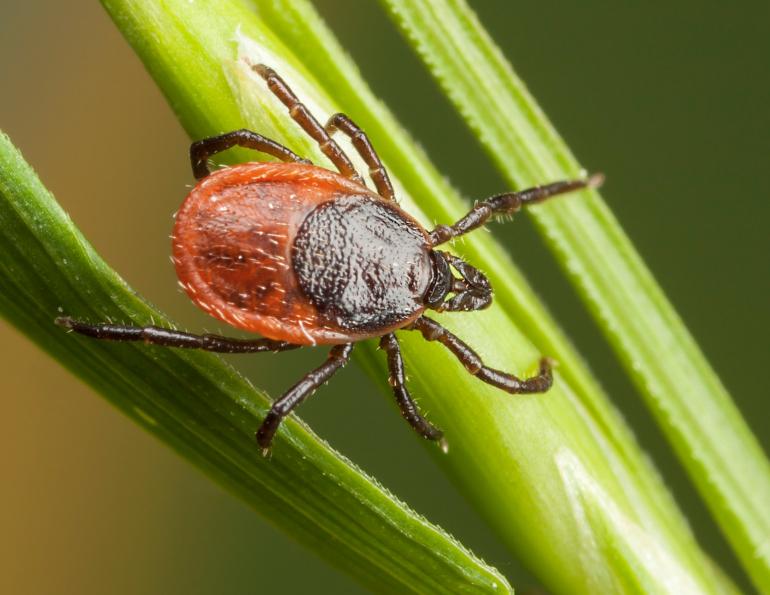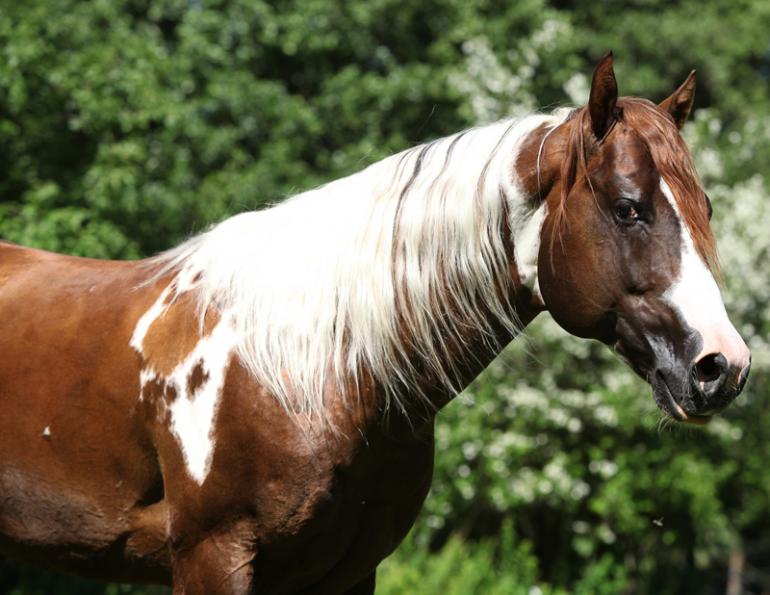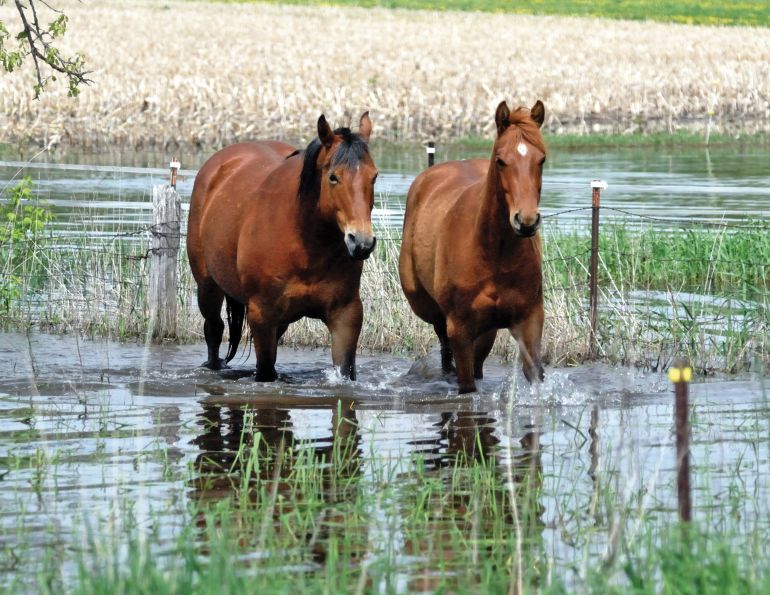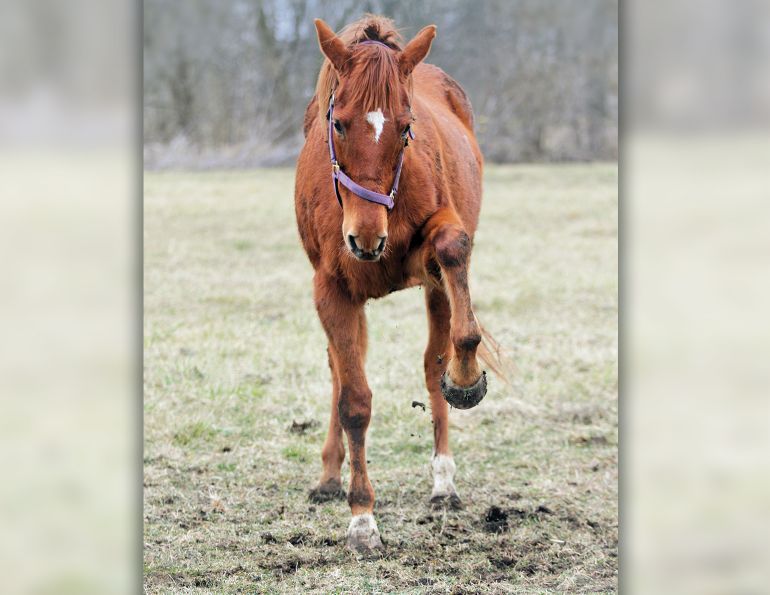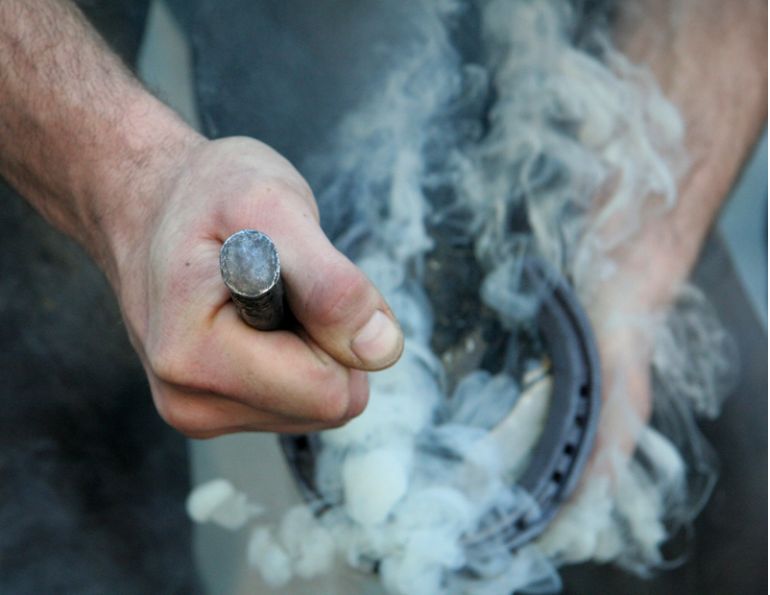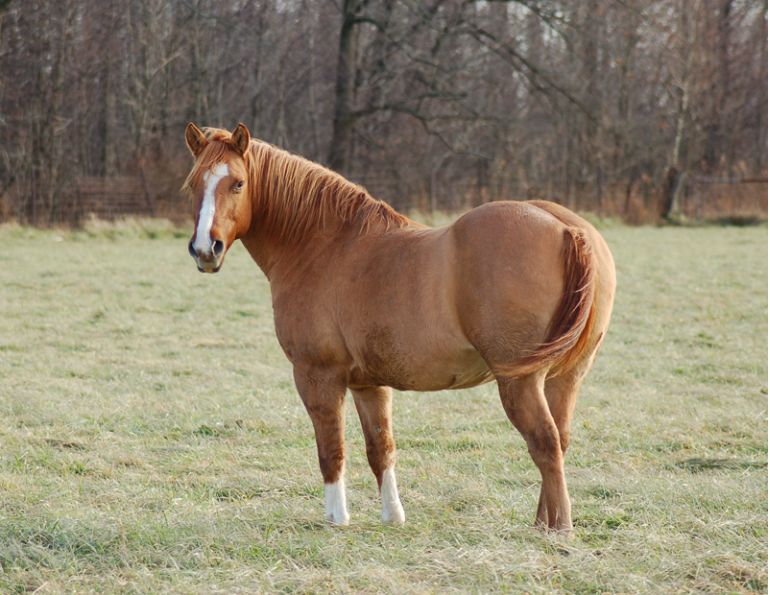Source: Equine Guelph
Ticks are a nuisance that can often go undetected. Because of the risk of disease transmission (Lyme disease, Anaplasmosis, Equine piroplasmosis), it is important to frequently examine your horse for the presence of ticks, and to take steps to lower risk of exposure.
Knowing how to correctly remove a tick can also reduce the chance of infection. With over 40 recognized species of ticks in Canada, researchers are tracking their movements, keeping watch for exotic varieties, and conduction testing for tick-borne pathogens.
Hands-on grooming is recommended — you may not see the tick, but you may instead feel a little bump. Pay particular attention to the head, chest, belly, in between the legs, tail, and under the mane.
Be Prepared
Your first aid kit should be stocked with the supplies you need to remove ticks, including a tweezer or a tick puller, gloves, a container for the tick (e.g., plastic baggie, pill vial), and a gentle antiseptic skin cleaner.
Tick Removal Steps
1. Put on your gloves.
2. Clear the hair away from the tick.
- If you are using tweezers, position the tweezers to firmly grasp at the site of tick attachment without grabbing your horse’s skin. In one steady firm movement (and without squishing the tick), pull upwards (perpendicular to your horse’s body) to remove the tick. You will want to use tweezers near the tick’s head, not its body.
- If you are using a tick-puller, follow the instructions on the package. Most tick-pullers have a notch that you can slide under the tick to grab it and easily remove it.
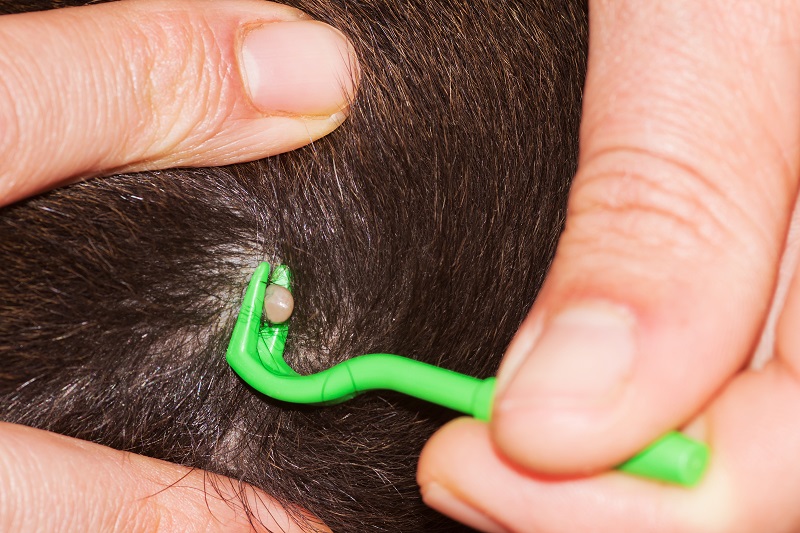
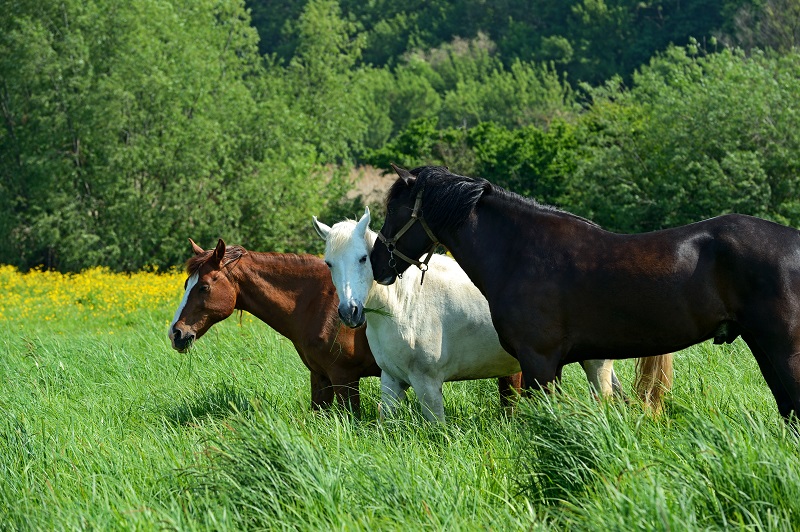
Ticks are most active in spring and summer, and are usually found in wooded areas that provide plenty of shade, or areas overgrown with tall grasses. Photo: iStock/Kyslynskyy
Topicals mentioned in 2018 Research Study
Chemical protection of horses against tick attachment includes wipe-on, pour-on, and spray-on products containing cypermethrin, permethrin, pyrethrins, or piperonyl butoxide, which can provide at least several hours of protection. Dust, dirt, perspiration, and water shorten protection time, making reapplication necessary. Permethrin and other spot-on products have been subjectively successful in repelling ticks. As always, talk to your veterinarian about prevention plans and the level of risk in your area.
Note: If using a product containing permethrin, it is important to be aware that this chemical is highly toxic to cats.
Related: How to Make a First Aid Kit for Horses
Sources:
Information for this fact sheet has been sourced from: www.petsandticks.com.
Published with the kind permission of Equine Guelph.
Main Photo: An adult female deer tick. Credit: iStock/RistoO



